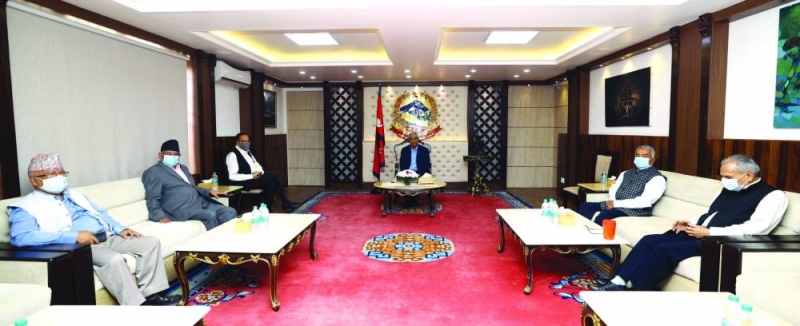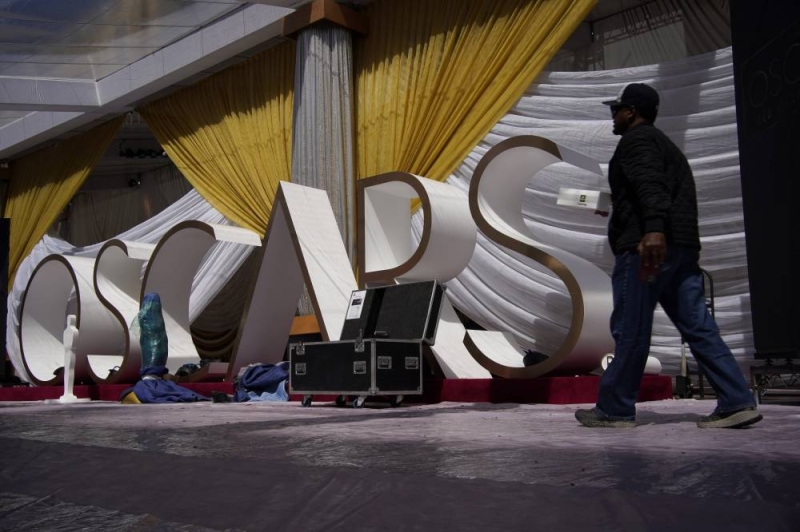EDITORIAL - Poll preparation
Full-proof security can take place only if all the political parties and the people also cooperate
ByPublished: 09:38 am Apr 25, 2022
With candidates filing their nominations across the nation on Sunday and Monday for various posts in the local polls, the Election Commission (EC) has announced that preparations for the May 13 elections have been completed. With 6,743 ward offices in 753 local levels spread across 77 districts, the EC has the horrendous task of printing as many types of ballot papers as there are wards. The EC has given two days for the candidates to file their nominations as a large number of candidates – both individuals and party sanctioned – are expected to do so. According to the EC, as many as 1,125 candidates had contested for various positions in Birgunj Metropolitan City in the last local election, followed by 860 in Kathmandu Metropolis and 703 in Biratnagar. Since many of the candidates are likely to be accompanied by party cadres and other supporters, the EC has tried to make sure that only one political party arrived at the election office at a given time to avoid any untoward incident.
Ballot papers are sensitive materials, and they will be despatched to the destinations by May 2 with the help of security personnel, while the polling officers will reach the polling stations by May 9, according to the EC. Transportation of other election materials is to be monitored by the EC using the GPS system. This time, 10,756 polling stations and 21,955 polling booths have been set up for the local elections. Of these polling stations, 2,946 have been categorised as highly sensitive, 4,423 as sensitive and 3,387 as less sensitive. As such, as many as 168,000 security personnel, comprising all the four security agencies, including the National Investigation Bureau, will be mobilised to hold the election in a free and fair manner. A three-tier security system has been mooted by the Home Ministry, which will involve 65,000 Nepal Police personnel in the first circle of security, 32,000 Armed Police Force personnel in the second circle and 71,000 Nepal Army personnel in the third tier.
While the government has made every possible effort to make the security for the polls full-proof, this can happen only if all the political parties and the people at large also cooperate. A major concern is the 34,000 licensed firearms that people possess across the country. The licensees must submit them to the authorities 15 days before the scheduled civic polls for safe keeping. Despite the appeal by the Home Ministry, less than 950 weapons have so far been submitted. For the election, the ruling four-party coalition of the Nepali Congress, CPN Maoist Centre, CPN-Unified Socialist (CPN-US) and Janata Samajbadi Party-Nepal (JSP-N) has banded together against the main opposition, the CPN-UML, which too has formed an electoral alliance with the Kamal Thapa-led Rastriya Prajatantra Party-Nepal. Given the deep animosity between the UML and the left coalition partners in the government, there are chances of clashes in the run-up to the election and on May 13 despite the tight security. The EC has said it would act tough against anyone who violates the poll code of conduct. It would be wise for the parties to refrain from provoking their candidates into engaging in any activity that will earn the EC's ire.
Hospital in limbo
The far-flung hilly and mountainous districts of the far-western region do not have easy access even to minimum health services, let alone getting stateof-the-art health facilities that are available in other urban centres. The people of this region have to spend a lot of money and time for treatment, which may involve selling their land or borrowing money from the lenders. In some cases, even a pregnant woman has to be airlifted should her health condition show complications during her labour.
In order to provide basic health services to the local population, the government had allocated enough budget for the construction of a district hospital in Bajura. But the contractor has failed to complete the four hospital buildings on time, affecting the health care services, including parturition and emergency ones, to the people. Even though health centres of up to 50-bed capacity are handled by the local levels, they remain ineffective due to lack of specialised doctors, equipment and nurses. In order to make our health system fully functional even in the rural areas, the local levels or provincial governments need to introduce a health insurance policy that can cover the cost of medical treatment of a patient.
A version of this article appears in the print on April 25, 2022, of The Himalayan Times.



